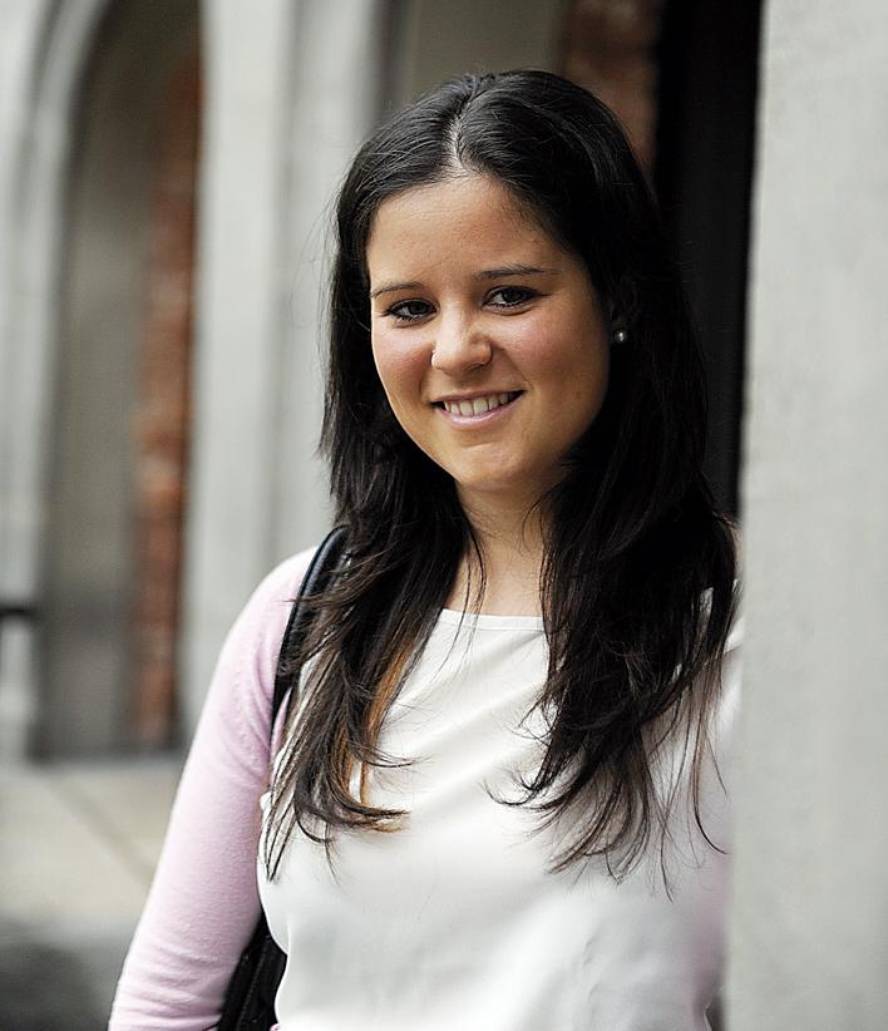Develop a DNA chip to diagnose inattention and the mixture of hyperactivity
UPV biochemistry, Araitz Molano, has developed in his doctoral thesis a DNA chip that can help improve the diagnosis of inattention and hyperactivity confusion (ADHD). ADHD is the most common neuropsychiatric disorder in childhood, with a prevalence between 8 and 12% in the world's children and youth population and 50% continues with symptoms in adulthood. However, there are currently no tools for diagnosing this mixture.
Children with ADHD have difficulty keeping their attention and do not finish the jobs they are given. In addition, they sometimes present impulsive behaviors and an excessive and inadequate performance for the environment in which they are located. "All these symptoms seriously affect the social, school and work life of the person and cause a great impact on the family and the nearby environment," explains Molano.
First, a clinical study was conducted with genetic polymorphisms associated with ADHD worldwide to see if these polymorphisms occur also among the Spanish population, "since genetic associations differ greatly from one population to another," says Molano. Thus, analyzing more than 250 polymorphisms, 32 gave positive results. These 32 polymorphisms are related to the diagnosis of ADHD, the evolution of the mixture, the subtype of adhd and the severity of symptoms. Thus, Molano has proposed a DNA chip with 32 polymorphisms (and that could be updated with more in the future) as a diagnostic tool.
However, no direct associations between polymorphs and drug response (atomoxetine and methylphenidate) have been found. But "often the data we had about drugs were not accurate," explains Molanok, "because it is not easy to collect them." In fact, they will continue to investigate in this line: "We want to deepen the response to medicines, obtain more samples, better characterized, controlling very well the administration variables, whether or not they were actually taken, etc. ".






